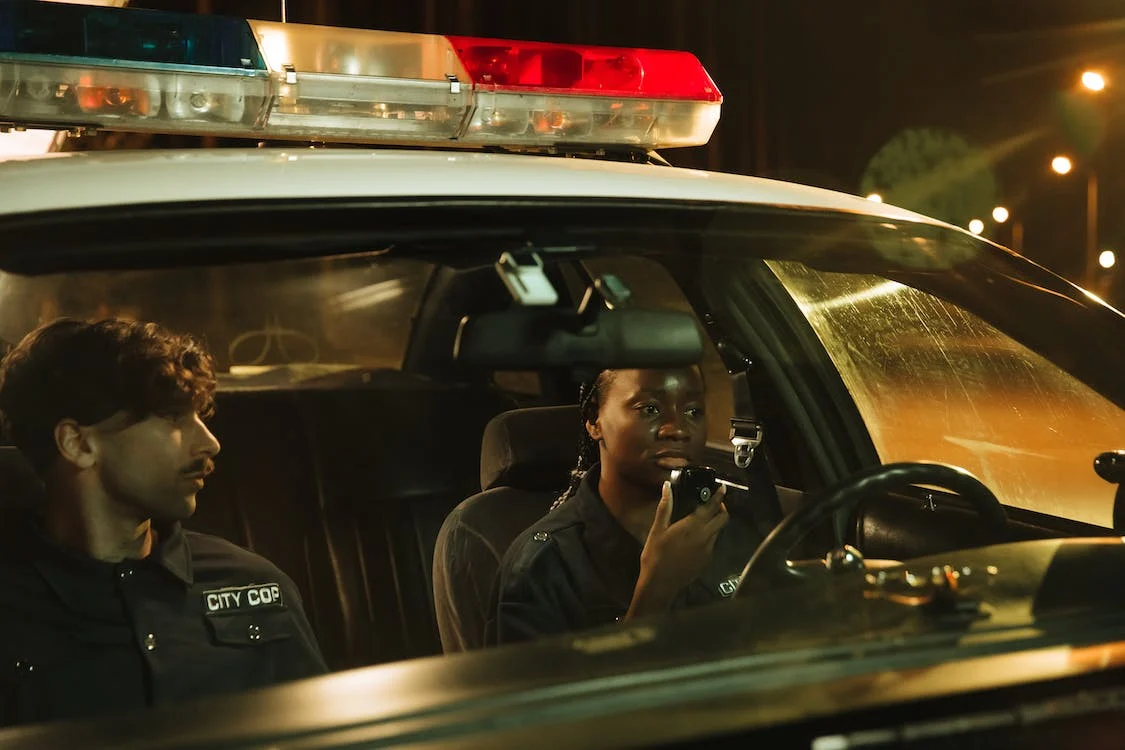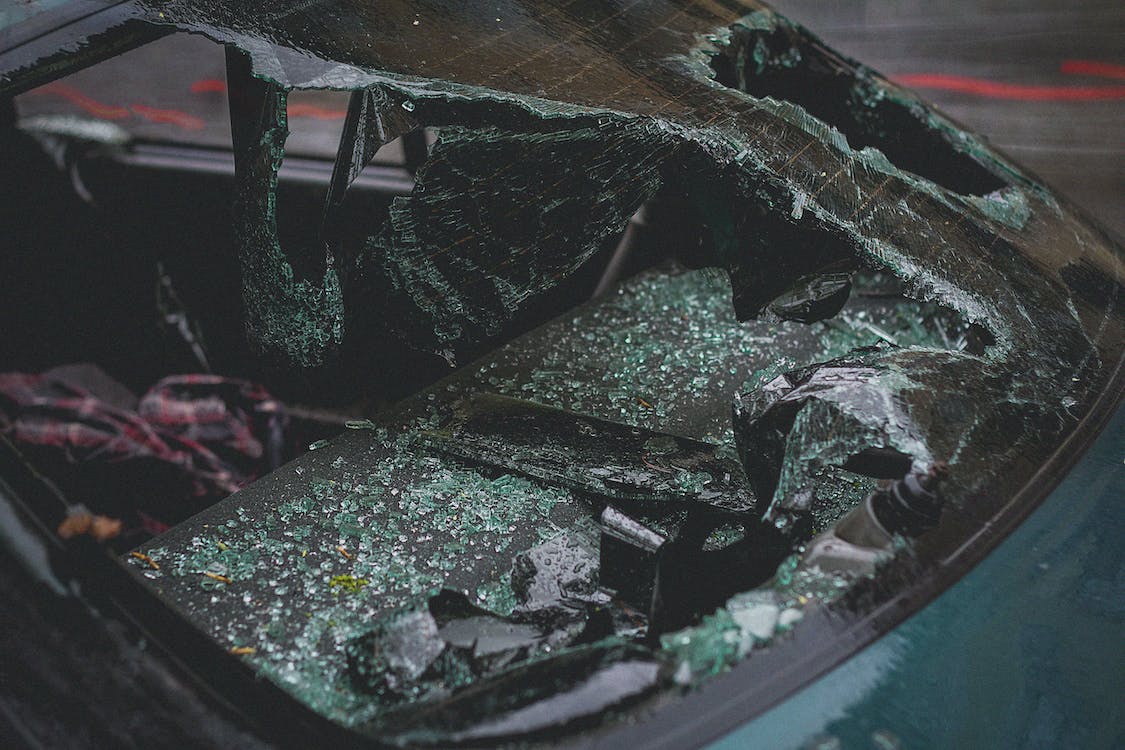“Fugitive” combines elements of several outdoor games, including cops and robbers, capture the flag, and Sharks and Minnows. The game is similar to foxhunts, orienteering, and other overland race games. However, teens are putting a dangerous spin on the once-harmless game of cops and robbers, using their cars and social media to track down the bad guy.
Learn more about the game “Fugitive” and why playing it is not a good idea.
What Is the Game “Fugitive?”
It’s 9 p.m., your friends are nowhere to be found, and you’re on the run from cops. You keep running, taking refuge in someone’s yard if a suspicious car drives by unexpectedly.
What’s the catch? Everything is a game. When there’s nothing more to do on a Friday night, it attracts teenagers from all over town. While teenagers are not well-known for playing as much as they were 10, 20, and 30 years ago, they still enjoy themselves.
Fugitive begins with a personal invitation to organize via texting, Facebook, and other social media, after which teens gather and divide themselves into teams. The cops are one team, and the fugitives are another.
The fugitives race to a predetermined safe location on foot while the opposing team pursues them in their cars. Those in cars jump in and out of moving vehicles to apprehend the fugitives.
Teens have kept the game hidden from their parents by organizing via Facebook and text messaging. A Facebook search turns up groups dedicated to organizing the game. Teens can also be seen playing this dangerous game on YouTube.
Game Fundamentals
There are two groups. The terminology may vary regionally; one team, sometimes referred to as the “Fugitives,” consists of players who must race from one spot to another; and the second team sometimes referred to as the “Police,” consists of players who must locate and tag the fugitives before arriving at their destination.
The fugitives’ goal is to run from a starting to a finish line without being apprehended by any police officers. Depending on the rules, this destination could be a short distance or many miles away. Based on the players’ ground rules, the fugitives are given a head start.
The fugitive must travel on foot; no vehicles or other modes of transportation are permitted. There are no formal limits to where the fugitive may go; however, common sense, traffic laws, personal safety, and trespassing laws should be considered.
The fugitives place a high value on speed, stealth, and cardiovascular endurance. Police officers place a high value on communication, creativity, and attentiveness.
The police commonly use walkie-talkies or cell phones to plan their pursuit. The cops attempt to “tag” the fugitives. Players can do tagging vocally by yelling out their location or calling their name, visually with a flashlight, or physically touching them, based on the ground rules.
Suppose a fugitive is apprehended before the safe zone surrounding the endpoint in some games. In that case, they get to be a police informant, which makes the game more complicated for the remaining fugitives. At times, the tagged fugitives may be shuttled to the finish line to await the game’s conclusion (if the police don’t have space in their car, they might still have to do it on foot).
All surviving fugitives are deemed busted once the time limit expires if a time limit is used. Once the players have gathered, a new route is selected, and another game may start from the finish point.
Before the game begins, the ground rules for tagging method (by hand, flashlight, or name), the fugitives’ head start time, other fair-play rules for the police and fugitives (covering the use of communications or vehicles), and, most importantly, the start/end locations are agreed upon.
How “Fugitive” Became Dangerous to Teens
It has become a popular game for teens nationwide, but authorities are concerned that participants may be injured. Residents are concerned that some teenagers endanger themselves by playing the game at night.
Accidents Involving the Game “Fugitive”
Trevor Hendricks and over 100 other Edmonds-Woodway High School students gathered to play “Fugitive.” The kids’ goal that night was to walk from their high school to the ferry dock. Around 9 p.m., a 14-year-old hurried across the street between 80th Avenue West and 212th Street SW and was hit by a car.
The boy was Hendrick’s friend, the football team’s defensive end, who suffered a broken leg and a concussion that night. But things could have been much worse. In May, a 17-year-old boy from Arizona died after falling out of the truck’s bed chasing kids in the game “Fugitive.”
Participants in the game were divided into two groups. The team dressed as “cops” uses their cars to “arrest” the fugitives. Their goal is to arrive at a predetermined location. The two locations are frequently far apart, requiring players to dart across traffic.
Hendricks and his friends’ game began at Edmonds-Woodway High School and was meant to conclude at the Frances Anderson Center. The victim was moving diagonally across the street outside the crosswalk when he was hit, according to police. Aside from the dangers of running across the street at night, the game has raised concerns among residents.
Another Fort Worth girl was hit by a car while playing the “fugitive game” near Boswell High School and was taken to the hospital with severe head injuries. The teen was hit while running across Boat Club Road in Fort Worth, near the high school.
The 26-year-old driver who hit Ashlee was not playing. The driver pulled over to assist and was not charged. Many of her classmates at Boswell High School also organized fundraisers to assist the family with medical expenses.
“Fugitive” is similar to tag but on a much larger scale. This isn’t the old days when nerds would gather for hours or days to play “Risk” or “Dungeons and Dragons.”
Frequently shared on social media, the game raises concerns because the “game pieces” are real. The drivers drive around town in real cars, chasing real people.
The motorists and riders use cell phones to organize their pursuit, but the fugitives know no bounds. They can cut through yards, jump over fences, run through businesses, and climb on roofs. While they are supposed to follow the law, the allure is frequently too strong to resist.



